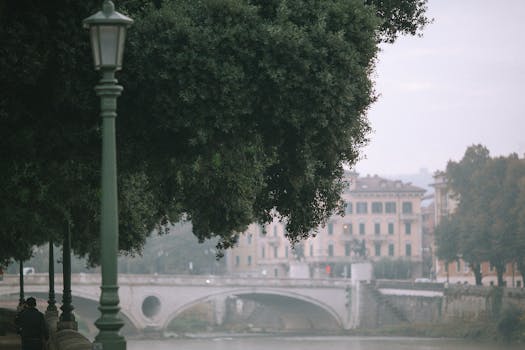
Urban Green Spaces: The Future of Outdoor Living in European Cities by 2025
Introduction to Urban Green Spaces
Urban Green Spaces, the future of outdoor living in European cities by 2025, is a concept that has been gaining traction in recent years. As cities continue to grow and urbanize, the need for green spaces has become increasingly important. These spaces not only provide a respite from the hustle and bustle of city life but also offer numerous benefits for both the environment and human health. In this article, we will explore the importance of urban green spaces in European cities and how they will shape the future of outdoor living by 2025.
The Benefits of Urban Green Spaces
Urban green spaces offer a wide range of benefits, including reducing air pollution, mitigating the urban heat island effect, and providing habitats for wildlife. They also have a positive impact on human health, reducing stress levels, improving mental health, and promoting physical activity. Furthermore, urban green spaces can help to build community cohesion, providing a space for people to come together and socialize.
Examples of Successful Urban Green Spaces in European Cities
There are many examples of successful urban green spaces in European cities. For instance, the High Line in London is a former industrial rail line that has been transformed into a park, providing a unique green space for residents and visitors. Similarly, the Park de la Ciutadella in Barcelona is a large public park that offers a range of amenities, including a lake, a fountain, and several walking trails.
Challenges and Opportunities for Urban Green Spaces
Despite the many benefits of urban green spaces, there are also several challenges that need to be addressed. One of the main challenges is finding the space and funding to create and maintain these areas. Additionally, there may be conflicts between different stakeholders, such as residents, businesses, and city officials, over the use and management of urban green spaces. However, these challenges also present opportunities for innovation and creativity in the design and development of urban green spaces.
Conclusion
In conclusion, urban green spaces are a vital component of sustainable and livable cities. As European cities continue to grow and evolve, it is essential that we prioritize the creation and maintenance of these spaces. By doing so, we can create healthier, more sustainable, and more livable cities for generations to come.






